1. Planting Peppers Too Early

Peppers are heat-loving plants that thrive in warm soil and consistent warm weather. Planting too early in cool soil can stunt their growth or lead to disease. Wait until nighttime temperatures are consistently above 50°F before planting outdoors.
2. Choosing the Wrong Pepper Variety for Your Climate

Not all pepper varieties thrive in every climate. Some, like bell peppers, need cooler weather, while hot peppers like habaneros prefer warmer, longer seasons. Check which varieties grow best in your area to avoid slow-growing or under-producing plants.
3. Using Poor-Quality Soil

Peppers need nutrient-rich, well-draining soil to grow well. Soil that’s too sandy or compacted can lead to stunted plants and poor fruit production. Mix in compost or organic matter to improve the soil’s texture and fertility before planting.
4. Overcrowding Plants
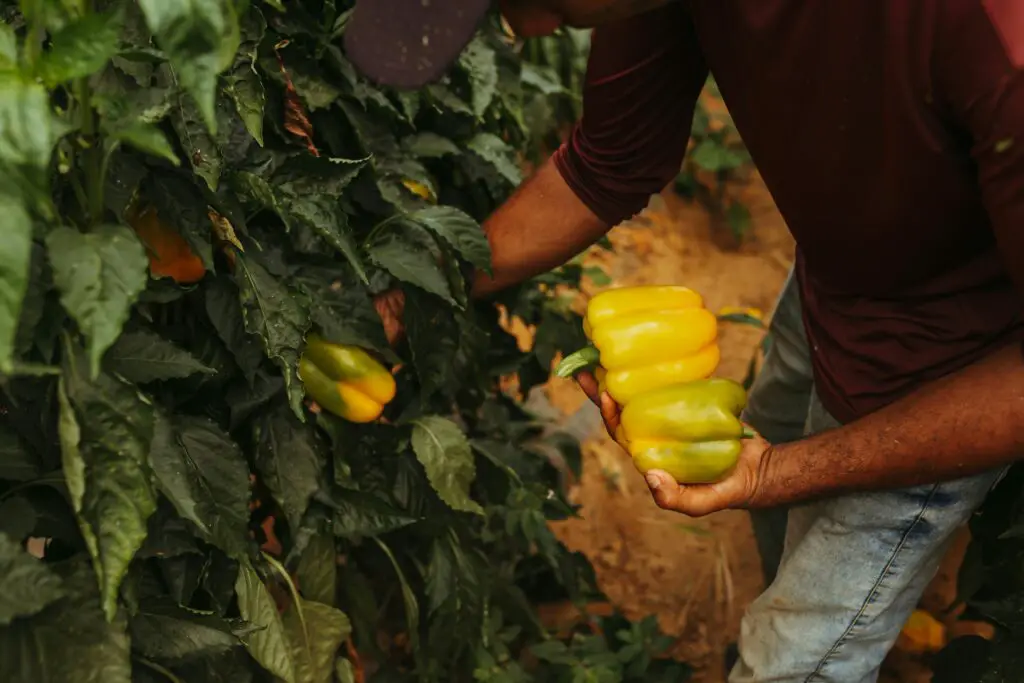
Crowding pepper plants reduces air circulation and can encourage pests and disease. Give each plant 18-24 inches of space to ensure they get enough airflow, sunlight, and nutrients, leading to healthier, more productive plants.
5. Underwatering or Overwatering
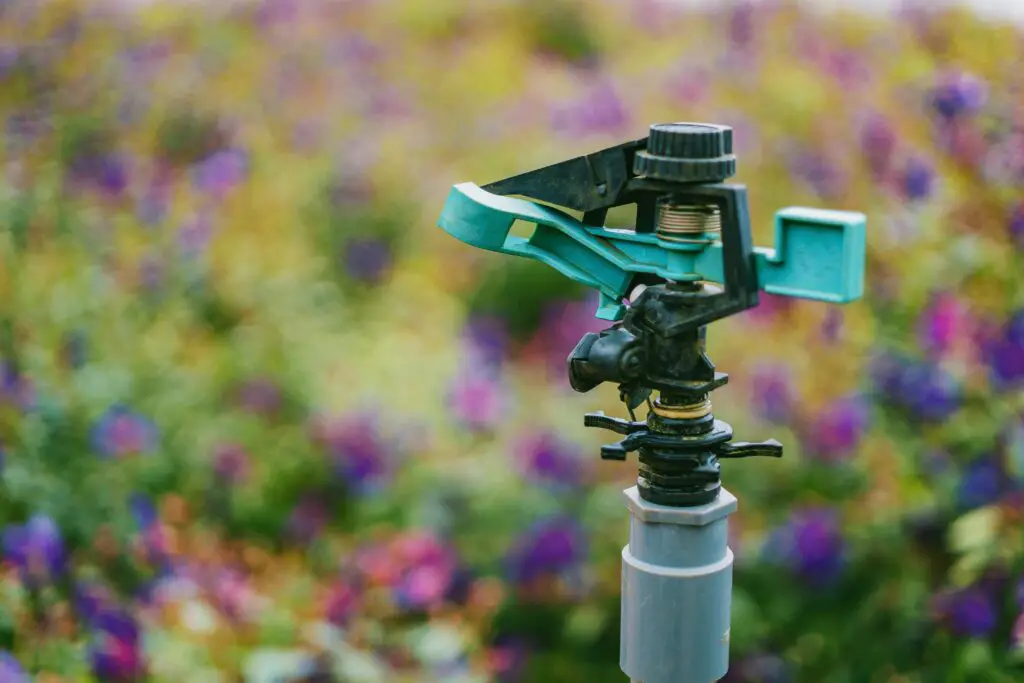
Peppers need consistent moisture, but too much or too little water can harm them. Overwatering can lead to root rot, while underwatering can cause blossoms and fruit to drop. Water deeply but infrequently, allowing the soil to dry out slightly between waterings.
6. Ignoring Fertilizer Needs

Peppers are heavy feeders, especially when producing fruit. Lack of nutrients can lead to poor growth and fewer peppers. Fertilize with a balanced or low-nitrogen fertilizer after the plants start flowering to encourage more fruit without excessive leafy growth.
7. Skipping Mulch
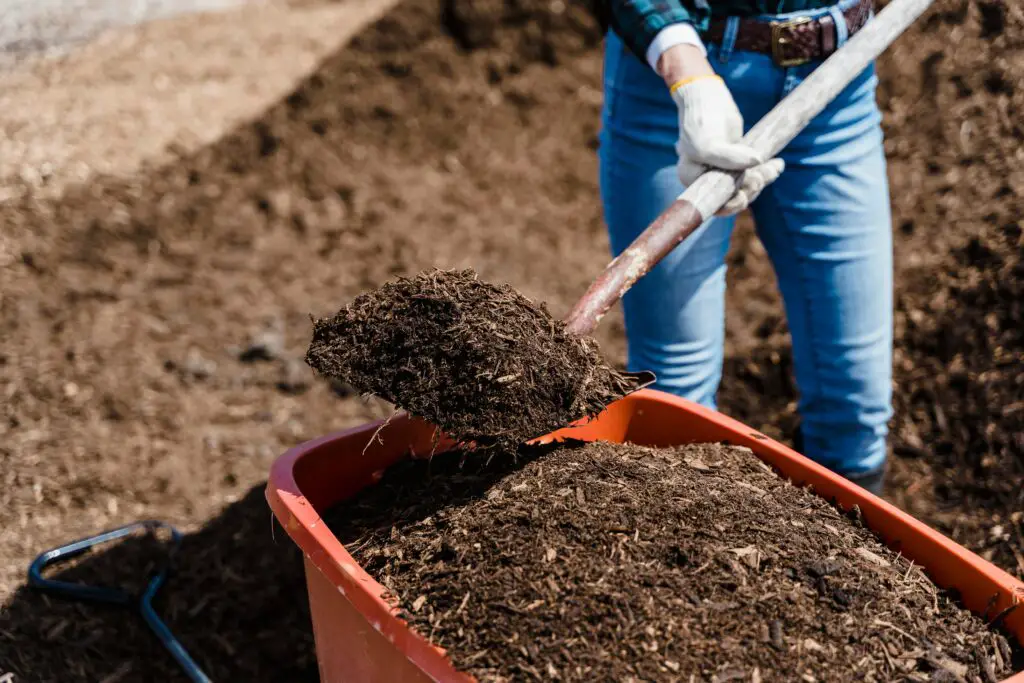
Mulching around pepper plants helps retain moisture, suppress weeds, and keep the soil temperature stable. Without mulch, the soil may dry out faster and fluctuate more in temperature, which can stress the plants and reduce yields.
8. Failing to Stake or Support Plants
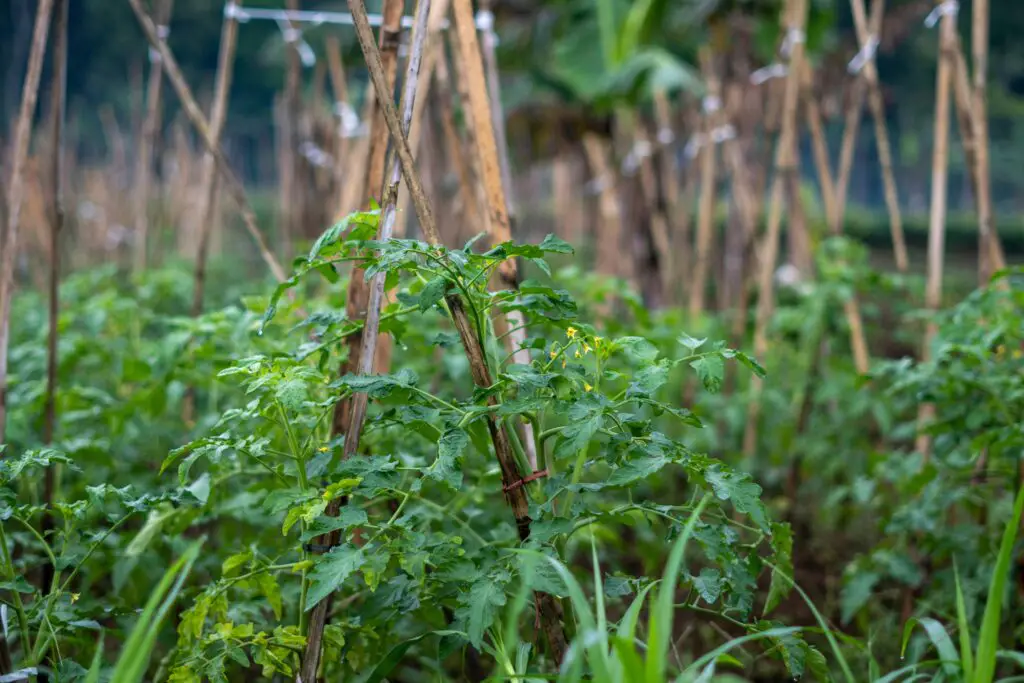
Peppers can become top-heavy with fruit, causing branches to break or bend. Staking or using a small cage around each plant helps support the weight and keeps branches from snapping under the weight of the peppers.
9. Not Pruning Early Growth

Allowing the first flowers on young pepper plants to bloom can stunt the plant’s growth, as energy goes toward producing fruit rather than establishing strong roots and foliage. Pinch off the first few flowers to encourage a stronger, bushier plant.
10. Planting Peppers in Shade
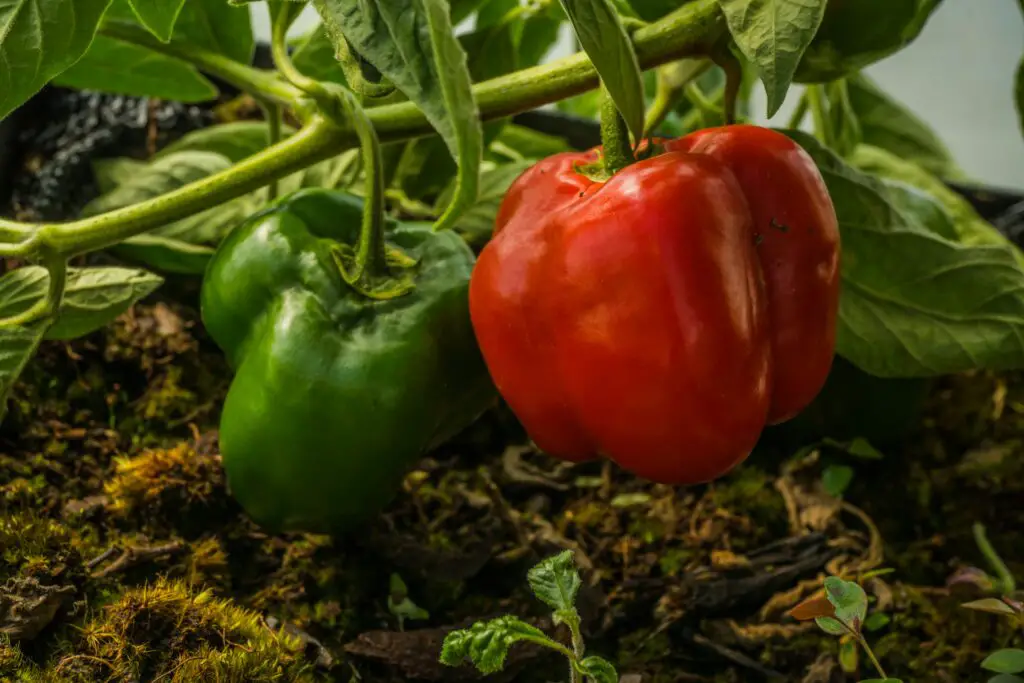
Peppers need full sun—at least 6-8 hours per day—to grow and produce fruit. Planting them in a shady area can lead to leggy plants with little fruit. Choose a sunny spot to give them the light they need for healthy growth.
11. Overlooking Pest Control
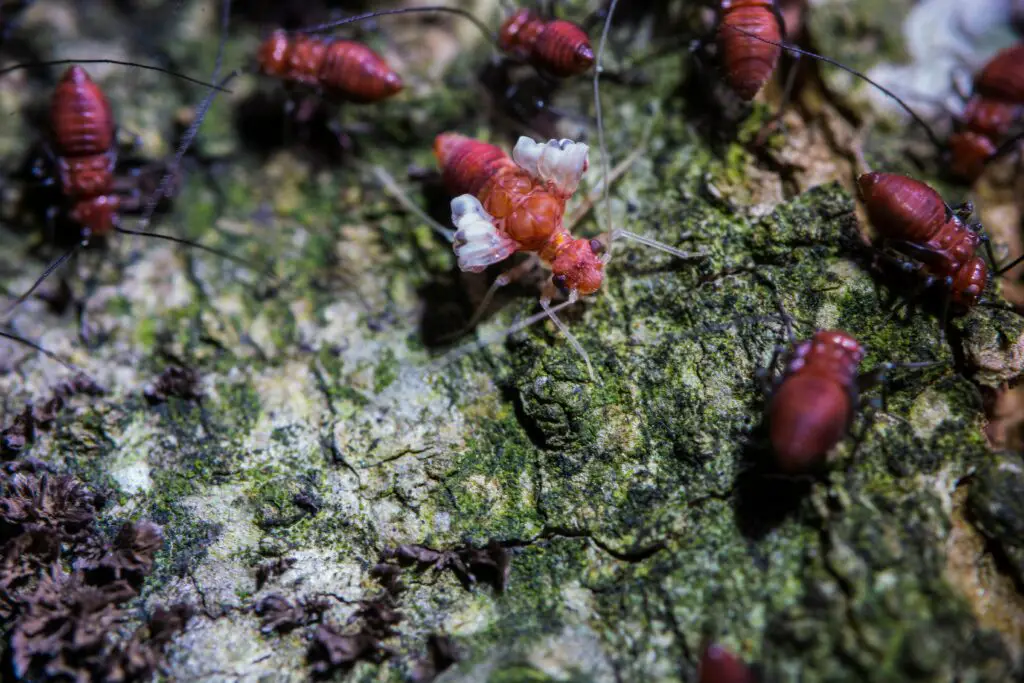
Common pests like aphids, spider mites, and cutworms can wreak havoc on pepper plants. Inspect plants regularly for signs of pests and treat them early with organic insecticidal soap or neem oil to prevent infestations from spreading.
12. Ignoring Blossom End Rot

Blossom end rot, a common issue in peppers, is caused by calcium deficiency or uneven watering. If you notice dark, sunken spots on the bottoms of peppers, improve watering consistency and consider adding a calcium supplement to the soil.
By avoiding these common mistakes, you’ll be on your way to a bumper crop of healthy, vibrant peppers!
